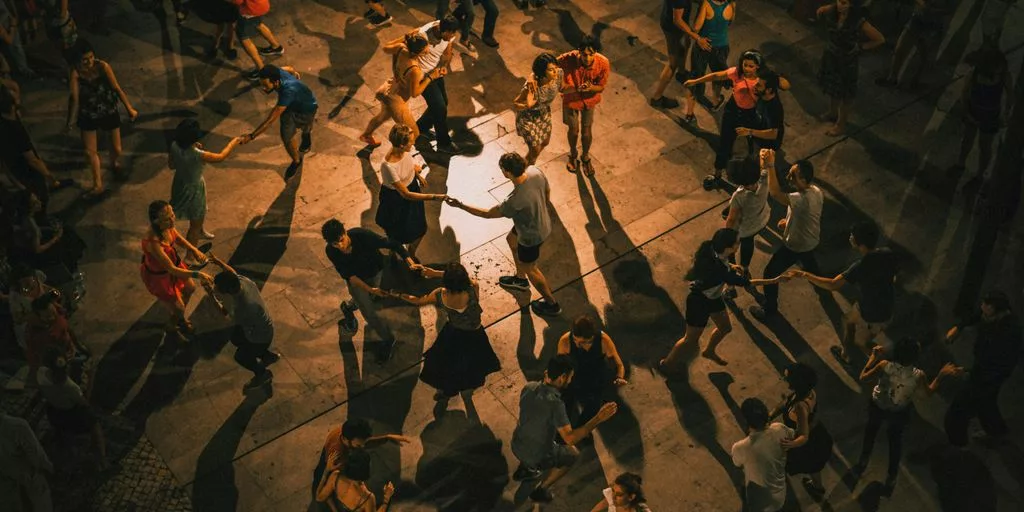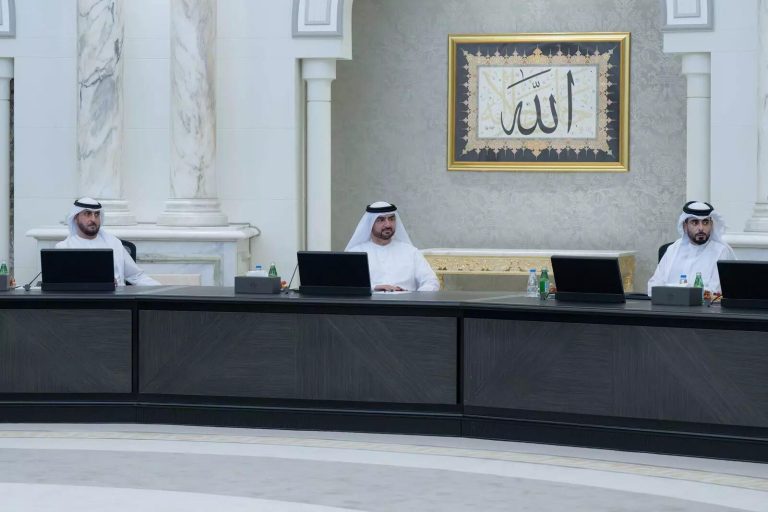
Traditional Festivals and Celebrations
Southeast Asia is a melting pot of vibrant festivals that showcase the essence of each unique culture. These colorful celebrations occurring throughout the year offer a glimpse into the rich cultural heritage of the region. From the vibrant streets of cities to the serene temple grounds, each festival is a testament to the region’s diversity and the unifying power of tradition and community.
Lunar New Year Festivities
Lunar New Year is celebrated with great enthusiasm across Southeast Asia. In Vietnam, it’s known as Tet, a time for family reunions and honoring ancestors. Traditional ceremonies include building and decorating sand stupas on temple grounds, which are then washed away by ceremonial water, symbolizing purification and the washing away of sins and bad luck.
Songkran Water Festival
Thailand’s Songkran, celebrated in April, marks the traditional Thai New Year. It’s famous for its water fights, which symbolize purification and the washing away of sins. Millions of people in Southeast Asian countries of Cambodia, Laos, Myanmar, and Thailand come together to celebrate this joyous occasion.
Hari Raya Puasa
Hari Raya Puasa, also known as Eid al-Fitr, is celebrated with great significance in Southeast Asia. It marks the end of Ramadan, the Islamic holy month of fasting. The festival is a time for forgiveness, family gatherings, and feasting. In some regions, the celebrations include unique local traditions that add to the festive spirit.
Culinary Traditions of Southeast Asia
Street Food Culture
Southeast Asia’s street food scene is a vibrant tapestry of flavors and textures. From the bustling night markets of Bangkok to the roadside stalls in Ho Chi Minh City, the region offers a culinary adventure like no other. Street food is not just about eating; it’s about experiencing the local culture. Must-try dishes include satay, banh mi, and laksa.
Regional Specialties
Each country in Southeast Asia boasts its own unique dishes that reflect its cultural heritage. In Thailand, the balance of sweet, sour, salty, and spicy flavors is a hallmark of its cuisine. Malaysia’s Nasi Lemak, Vietnam’s Pho, and the Philippines’ Adobo are just a few examples of the region’s diverse culinary offerings. These dishes are a testament to the rich history and dynamic spirit of Southeast Asia.
Influence of Spices
Spices play a crucial role in Southeast Asian cuisine, adding depth and complexity to every dish. The use of ingredients like lemongrass, galangal, and turmeric is common across the region. These spices not only enhance the flavor but also offer numerous health benefits. The influence of Chinese, Indian, and European cooking has further enriched the culinary traditions of Southeast Asia.
Embark on a culinary adventure through Southeast Asia. Explore the vibrant and diverse flavors that make this region a food lover’s paradise.
Architectural Marvels
Ancient Temples
Southeast Asia is home to some of the world’s most breathtaking temples. From the awe-inspiring Angkor Wat in Cambodia to the serene Borobudur in Indonesia, these ancient structures are a testament to the region’s rich history and architectural ingenuity. Each temple tells a story of the civilizations that built them, offering a glimpse into the past.
Explore the stunning beauty of these temples and discover the rich history and architectural wonders of the region.
Colonial Architecture
In cities like Hanoi, Penang, and Jakarta, colonial buildings stand as reminders of European influence. These structures often blend local styles with colonial designs, creating a unique architectural landscape. Key highlights include:
- The French Quarter in Hanoi
- Georgetown in Penang
- The Old Town of Jakarta
Modern Skyscrapers
The skyline of Southeast Asia’s major cities is dotted with modern skyscrapers that showcase the region’s rapid development. Iconic buildings like the Petronas Twin Towers in Kuala Lumpur and the Marina Bay Sands in Singapore are not just architectural marvels but also symbols of economic progress. These skyscrapers often feature innovative designs and cutting-edge technology, making them stand out on the global stage.
Traditional Arts and Crafts
Batik and Weaving
Southeast Asia is renowned for its intricate batik and weaving techniques. These traditional crafts are not just about creating beautiful fabrics; they are a testament to the region’s rich cultural heritage. In many parts of Southeast Asia, including Thailand, Vietnam, Burma, Sumatra, and Indonesia, designs originally based upon Indian flowering-scroll patterns can be found. The unique fabrics and weaving methods reflect the diverse history and traditions of the area.
Wood Carving
Wood carving in Southeast Asia is a highly respected art form, often used to create religious and ceremonial objects. The craftsmanship involved in these carvings is extraordinary, showcasing the skill and dedication of the artisans. This document provides an overview of folk arts in Southeast Asia, including textiles, crafts, and other art forms. The traditional colors, materials, and techniques used in wood carving are a testament to the region’s artistic legacy.
Shadow Puppetry
Shadow puppetry, such as the Indonesian Wayang Kulit, is a unique cultural treasure. This traditional theater form combines mythological storytelling, music, and puppetry, offering a glimpse into the spiritual and philosophical beliefs of the people. Southeast Asia is a region rich in cultural heritage, boasting a wealth of traditional arts and crafts that reflect its diverse history and traditions.
Efforts to preserve traditional arts, languages, and customs are crucial in maintaining cultural identity. Educational programs, cultural festivals, and museums play a significant role in this preservation.
Music and Dance
Gamelan Music
Gamelan music is the heartbeat of Indonesian culture. This traditional ensemble, featuring instruments like metallophones, xylophones, and drums, creates a mesmerizing soundscape. The rhythmic percussion sounds and tuned metal bars are thought to be indigenous to the region, making gamelan a unique auditory experience.
Traditional Dance Forms
Southeast Asia boasts a rich tapestry of traditional dance forms. From the Thai Khon to the Balinese Legong and the Filipino Tinikling, these dances are more than just entertainment. They serve as a means of storytelling and preserving history. The musicians know the movements of classical dance and coordinate musical phrases with dance patterns, turns, and movements.
Contemporary Music Scene
The contemporary music scene in Southeast Asia is a vibrant mix of traditional and modern influences. From pop to rock, and even hip-hop, the region’s music encapsulates numerous musical traditions and styles. This subregion consists of eleven countries, each contributing its unique flavor to the musical melting pot.
The music of Southeast Asia is highly diverse, combining multiple elements like dance, theater, and storytelling into a "total theater" experience.
Religious Diversity
Buddhism in Southeast Asia
Buddhism is a cornerstone of Southeast Asian culture, influencing everything from daily life to grand festivals. Countries like Thailand, Myanmar, and Cambodia are predominantly Buddhist, with temples and monasteries dotting the landscape. The teachings of Buddha have deeply permeated the social fabric, making it a significant spiritual force in the region.
Islamic Traditions
Islam is another major religion, especially in Indonesia, Malaysia, and Brunei. The call to prayer, or adhan, echoes through the streets, and Islamic festivals like Eid al-Fitr and Eid al-Adha are widely celebrated. The influence of Islam extends to various aspects of life, including art, architecture, and even cuisine.
Indigenous Beliefs
Indigenous beliefs and practices are still very much alive, particularly in rural areas and among ethnic minorities. These beliefs often involve animism and ancestor worship, reflecting a deep connection to nature and the spiritual world. In places like Borneo, this religious diversity is a testament to the region’s rich cultural tapestry.
Southeast Asia is a melting pot of religions, each contributing to the region’s unique cultural mosaic. From the grand Buddhist temples to the intricate Islamic art, the spiritual landscape is as diverse as it is profound.
Fashion and Textiles

Traditional Attire
Traditional clothing in Southeast Asia is as diverse as its cultures, each piece telling a story of history, status, and regional identity. These traditional attires are not just costumes but are steeped in history and symbolism, reflecting the region’s cultural diversity and respect for tradition.
- Thailand’s Chut Thai: Elegant and colorful, it’s worn on formal occasions and consists of various styles for men and women.
- The Philippines’ Barong Tagalog and Maria Clara: The Barong Tagalog is a sheer, embroidered shirt for men, while the Maria Clara is a traditional dress for women, reflecting Spanish colonial influence.
- Malaysia’s Baju Melayu and Baju Kurung: Traditional Malay attire, these outfits are a symbol of national identity and often worn during festive occasions.
Modern Fashion Trends
Southeast Asia is not just about traditional attire; it’s also a hub for modern fashion trends. The region’s fashion scene is dynamic, with designers blending traditional elements with contemporary styles. This fusion creates unique and innovative fashion statements that are gaining global recognition.
The textile and garment industry in South and Southeast Asia is dynamic and emerging as a major global supplier of textiles and garments.
Textile Production
The textile industry in Southeast Asia is a powerhouse, contributing significantly to the global market. Countries like Vietnam, Indonesia, and Thailand are known for their high-quality textile production. The industry is evolving with advancements in technology and sustainable practices, ensuring that Southeast Asia remains a key player in the global textile market.
Conclusion
The cultural landscape of Southeast Asia is a testament to the region’s resilience, diversity, and adaptability. From ancient temples to modern art galleries, from traditional festivals to contemporary cinema, Southeast Asia offers a rich tapestry of cultures that continue to evolve and inspire. As we explore and appreciate these cultures, we gain not only knowledge but also a deeper understanding of the beauty and complexity of our interconnected world.
Frequently Asked Questions
What are some of the most famous traditional festivals in Southeast Asia?
Some of the most famous traditional festivals in Southeast Asia include the Lunar New Year Festivities, Songkran Water Festival, and Hari Raya Puasa.
What types of street food can be found in Southeast Asia?
Southeast Asia is renowned for its vibrant street food culture, offering a variety of delicious options such as Thai pad thai, Vietnamese pho, and Indonesian satay.
Which ancient temples are must-visit in Southeast Asia?
Must-visit ancient temples in Southeast Asia include Angkor Wat in Cambodia, Borobudur in Indonesia, and the Shwedagon Pagoda in Myanmar.
How has colonial architecture influenced Southeast Asian cities?
Colonial architecture has left a significant mark on Southeast Asian cities, with notable examples found in Singapore, Penang in Malaysia, and Ho Chi Minh City in Vietnam.
What are some traditional arts and crafts unique to Southeast Asia?
Traditional arts and crafts unique to Southeast Asia include batik and weaving, wood carving, and shadow puppetry.
How diverse are the religious practices in Southeast Asia?
Southeast Asia is highly diverse in religious practices, with Buddhism, Islam, and indigenous beliefs being the most prominent in the region.




3 thoughts on “Exploring the Rich Culture of Southeast Asia”
Comments are closed.